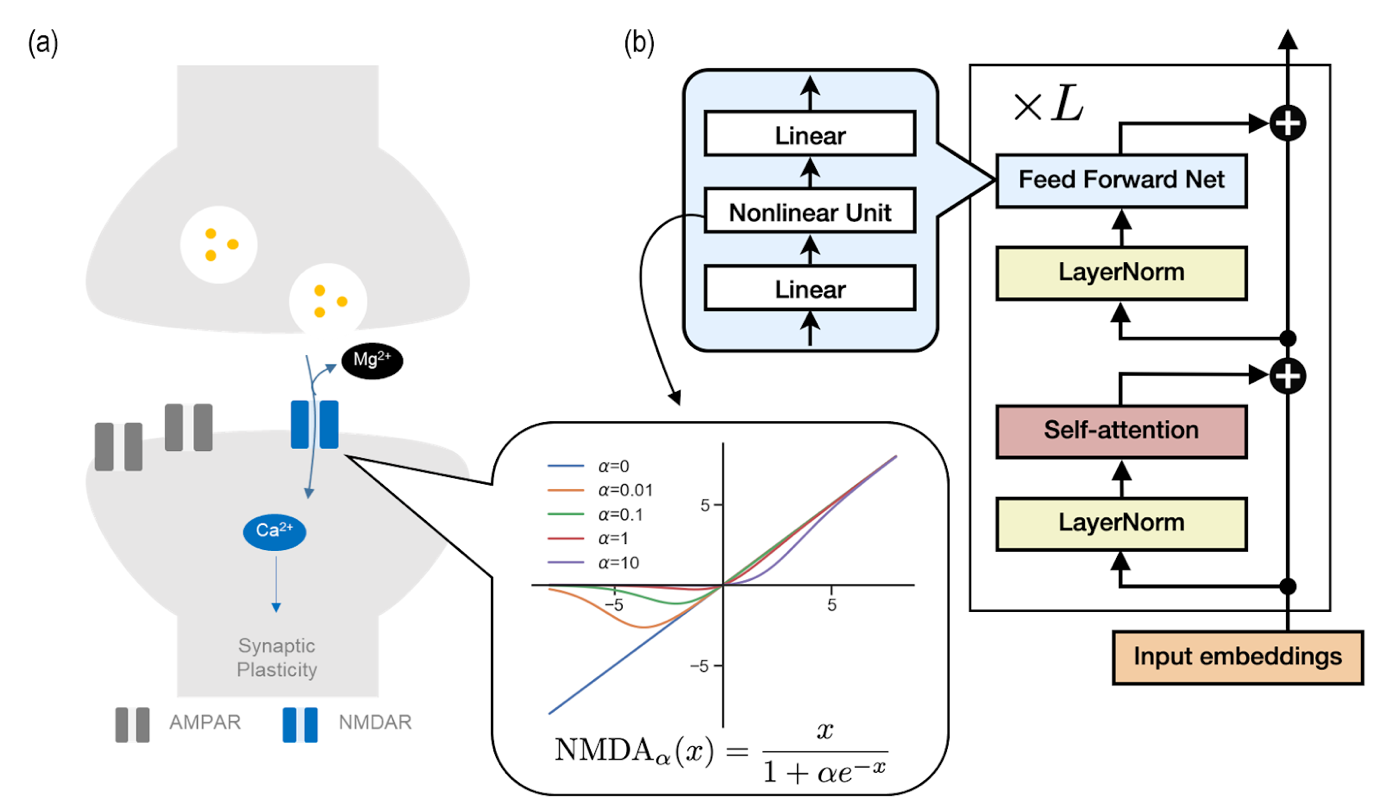2023-11-27 スイス連邦工科大学ローザンヌ校(EPFL)
◆研究によれば、これらのコードは高アスペクト比の構造であり、機械的な変動に対して構造的に強く、抗生物質のクリアランスを逃れ、宿主細胞の免疫応答を妨げ、新しい組織に容易に拡散する特性があることが示されました。これにより、現行の抗生物質治療が効果を制限される可能性が浮かび上がり、新しい治療戦略の検討が必要とされています。
<関連情報>
- https://actu.epfl.ch/news/how-bacterial-cords-spread-tuberculosis/
- https://www.cell.com/cell/fulltext/S0092-8674(23)01037-1
バイオフィルム様結核菌コードの機械病理学 Mechanopathology of biofilm-like Mycobacterium tuberculosis cords
Richa Mishra,Melanie Hannebelle,Vishal P. Patil,Anaëlle Dubois,Cristina Garcia-Mouton,Gabriela M. Kirsch,Maxime Jan,Kunal Sharma,Nicolas Guex,Jessica Sordet-Dessimoz,Jesus Perez-Gil,Manu Prakash,Graham W. Knott,Neeraj Dhar,John D. McKinney,Vivek V. Thacker
Cell Published:October 20, 2023
DOI:https://doi.org/10.1016/j.cell.2023.09.016
Highlights
•Individual M. tuberculosis bacteria grow into high-aspect-ratio cords in alveolar cells
•Compression of host cell nuclei by mechanically resilient cords impairs immune responses
•Cords penetrate between cells, enabling bacterial dissemination to new tissue niches
•Tight packing of bacteria within cords confers protection from antibiotic clearance
Summary
Mycobacterium tuberculosis (Mtb) cultured axenically without detergent forms biofilm-like cords, a clinical identifier of virulence. In lung-on-chip (LoC) and mouse models, cords in alveolar cells contribute to suppression of innate immune signaling via nuclear compression. Thereafter, extracellular cords cause contact-dependent phagocyte death but grow intercellularly between epithelial cells. The absence of these mechanopathological mechanisms explains the greater proportion of alveolar lesions with increased immune infiltration and dissemination defects in cording-deficient Mtb infections. Compression of Mtb lipid monolayers induces a phase transition that enables mechanical energy storage. Agent-based simulations demonstrate that the increased energy storage capacity is sufficient for the formation of cords that maintain structural integrity despite mechanical perturbation. Bacteria in cords remain translationally active despite antibiotic exposure and regrow rapidly upon cessation of treatment. This study provides a conceptual framework for the biophysics and function in tuberculosis infection and therapy of cord architectures independent of mechanisms ascribed to single bacteria.
Graphical abstract



